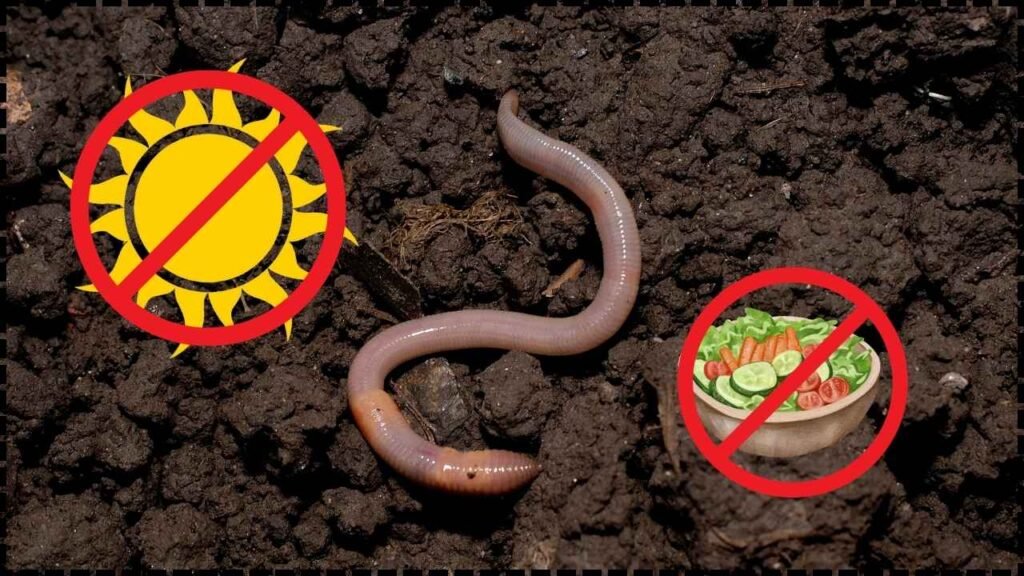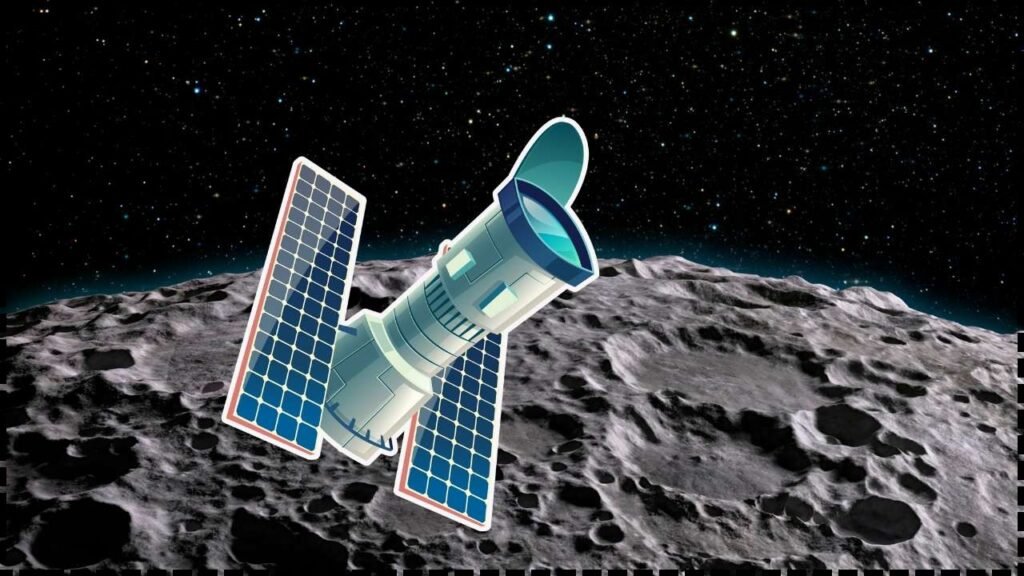Perseverance’s 1,500th Sol Selfie Captures a Creepy Dust Devil: When NASA’s Perseverance rover hit one of its major milestones—completing 1,500 sols (Martian days) exploring the Red Planet—it marked this moment not just with any photo but with a historic selfie. And guess what? This selfie came with an unexpected guest: a swirling dust devil visible about three miles away from the rover. This dusty whirlwind photobombed the rover’s selfie taken at Witch Hazel Hill, on the rim of Jezero Crater, turning a simple celebration snapshot into a marvelous scientific and visual event. In this article, we’ll unravel why this selfie is way more than a cool picture and how it reflects the rover’s remarkable journey and Mars’ mysterious environment.
Perseverance’s 1,500th Sol Selfie Captures a Creepy Dust Devil
NASA’s Perseverance rover legging it past 1,500 sols on Mars is a groundbreaking achievement, showcasing years of relentless exploration, cutting-edge science, and human perseverance. The 1,500th sol selfie, unexpectedly graced by a dancing Martian dust devil, captures not only the rover’s determined journey but also Mars’s vibrant and dynamic environment. This snapshot tells a story of relentless curiosity and discovery, inspiring anyone with a passion for space and exploration. As Perseverance continues its work on Mars, it’s lighting the path for future missions and pushing the boundaries of what humanity can accomplish beyond Earth.
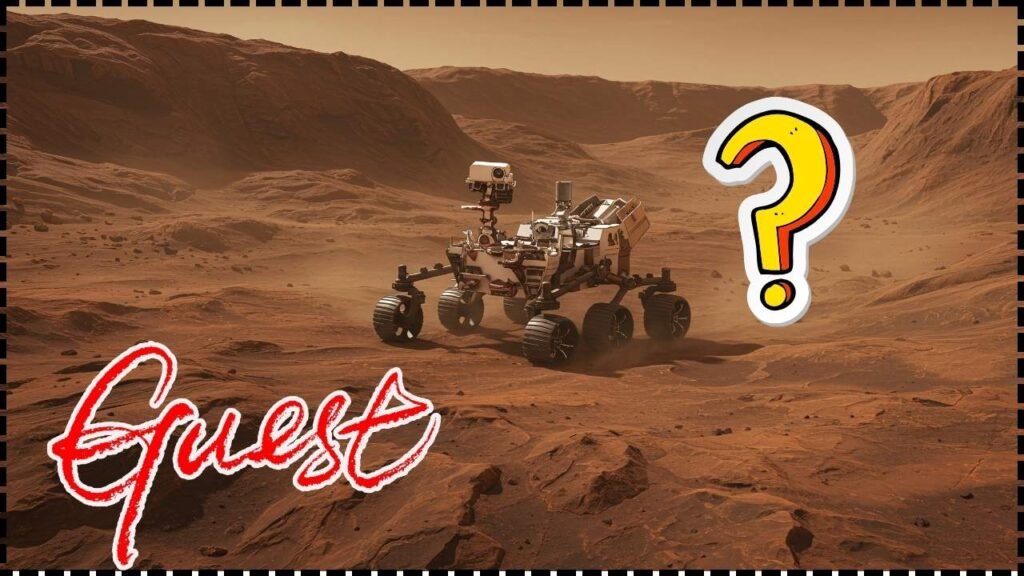
| Aspect | Details |
|---|---|
| Rover | NASA’s Perseverance (landed Feb 18, 2021) |
| Milestone | 1,500 Martian sols = approximately 4 Earth years |
| Selfie Date | May 10, 2025 |
| Location | Witch Hazel Hill, rim of Jezero Crater |
| Dust Devil | Around 3 miles (5 km) away, captured unexpectedly in the selfie |
| Selfie Composition | Mosaic of 59 images stitched together using the WATSON camera mounted on rover’s robotic arm |
| Rock Samples Collected | Over 26 drilled and sealed cores |
| Distance Driven | More than 22 miles (35 km) |
| Photos Taken | Over 200,000 total images captured |
| Power Source | Multi-Mission Radioisotope Thermoelectric Generator (MMRTG) |
| Mission Cost | Estimated $2.7 billion (USD) |
| Official Website | NASA Jet Propulsion Laboratory |
What’s a Sol? Why 1,500 Sols is a Big Deal?
To kick things off, a sol is essentially a Martian day. It lasts about 24 hours and 39 minutes—just a little longer than Earth’s 24-hour cycle. So when we say Perseverance has spent 1,500 sols on Mars, that equals roughly four Earth years and two months of continuous exploration.
Running a rover on another planet that long is no joke — it’s a testament to NASA’s engineering excellence, resilience, and undying curiosity about the cosmos. Perseverance has driven more than 22 miles (over 35 kilometers) on Martian soil and collected over 26 rock samples so far, providing priceless scientific data to uncover Mars’ ancient secrets.
Why the Perseverance’s 1,500th Sol Selfie Captures a Creepy Dust Devil Means More Than Just a Cool Picture?
A selfie on Mars isn’t about making the rover look good for the ‘gram. Every photo Perseverance takes is a vital piece of the puzzle in understanding Mars and making sure the rover itself is healthy and functional.
The 1,500th sol selfie was carefully constructed using 59 separate photos taken by the rover’s WATSON camera on its robotic arm. Putting this mosaic together took over an hour, with the arm moving through precise positions to get just the right angles. This image lets engineers check for dust accumulation on the rover and monitor wear on its parts—a key precaution on a dusty, harsh planet like Mars.
But the real show-stealer was the surprise guest—a swirling dust devil captured three miles away. These dust devils are more than just cool weather phenomena; they provide clues about Martian climate, wind patterns, and surface conditions.
What’s a Dust Devil, and Why Should We Care?
If you’ve ever seen a little whirlwind of dust spinning on a hot summer day, that’s a dust devil. On Earth, these benign twisters are small and usually harmless.
On Mars, dust devils are similar but can be larger, sometimes stretching over 100 meters (328 feet) wide, and are far more visible against the planet’s reddish dust. The atmosphere on Mars is thin, making these dust devils look a bit ‘ghostly,’ but they play an important role in Martian weather.
Studying dust devils helps scientists understand the movement of dust and air, which can affect how dust settles on rover instruments and potentially influence future missions. Dust devils even act as natural “cleaners,” whisking dust away from solar panels on other Martian rovers like Spirit and Opportunity. While Perseverance uses nuclear power, understanding these phenomena is key to preparing for future solar-powered missions and ultimately human exploration.
That swirling dust devil caught in the selfie was about three miles away, silently reminding us how active Mars’ atmosphere still is, despite it being a cold, seemingly lifeless world.
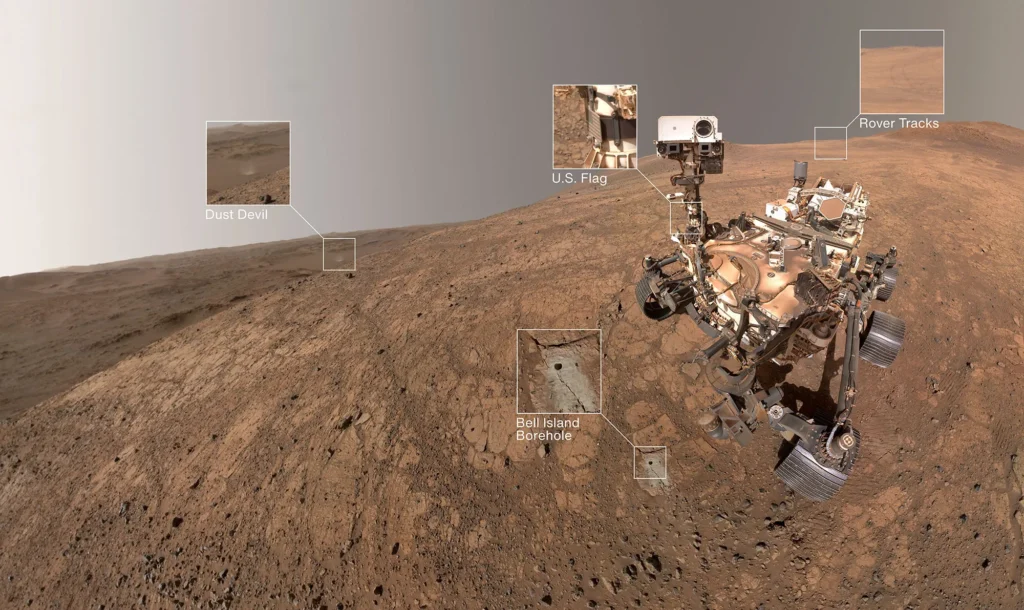
Perseverance’s Journey: A Deep Dive
Since its landing on February 18, 2021, in Jezero Crater—a dry lakebed and delta system—Perseverance’s mission has been about hunting for signs that Mars was once hospitable to life.
Mission Goals
- Search for Past Life: Identify ancient environments where microbial life could have thrived and seek signs of that life.
- Gather Samples: Collect rock and soil samples, store them in sealed tubes, and leave them on the Martian surface for future missions to retrieve.
- Test Technologies: Try out methods such as producing oxygen from Martian atmospheric carbon dioxide, which could support future human missions.
Rover Design and Instruments
Perseverance is a car-sized rover equipped with seven main scientific instruments. These include spectrometers, cameras, drills, and a weather station, enabling it to analyze Mars’s atmosphere, geology, and potential organic compounds.
The Ingenuity Helicopter
Accompanying Perseverance is the Ingenuity helicopter, a technological marvel that achieved the first powered flight on another planet in April 2021. It added an aerial perspective, scouting terrain for the rover.
Progress So Far
- Over 1,600 sols active on Mars (as of September 2025).
- Collected more than 26 rock and soil samples.
- Traveled more than 22 miles across diverse terrain.
- Captured over 200,000 images and audio clips.
- Discovered fascinating rock formations indicating potential ancient microbial habitats.
The Science Behind the Perseverance’s 1,500th Sol Selfie Captures a Creepy Dust Devil
Photos like the 1,500th sol selfie are more than just celebration pieces; they hold scientific and engineering value.
- Environmental Monitoring: They help NASA engineers assess how dust builds up on the rover, which could affect sensitive equipment.
- Weather Insights: Capturing dust devils helps climatologists study wind patterns that influence dust transport and deposition.
- Geological Context: Selfies provide context for the surrounding terrain, guiding where the rover should explore next.
Dust devils also illustrate how Mars is still a dynamic planet with active weather, despite its thin atmosphere. Tracking these phenomena across seasons helps answer questions about how this climate system evolved over billions of years.
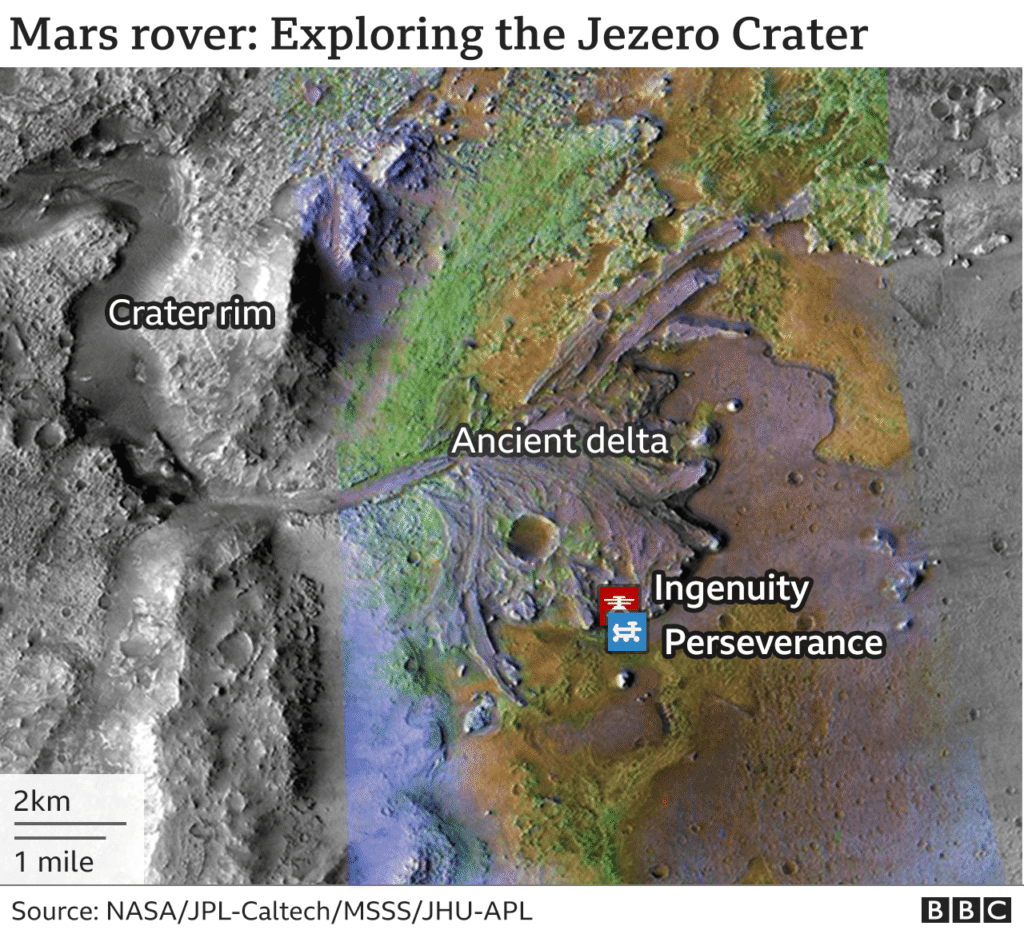
How NASA Prepares for and Executes These Selfies?
Taking a selfie on Mars is no casual snap—it’s a complex operation requiring:
- Precision Planning: The team selects safe, scientifically interesting locations for the selfie.
- Robotic Arm Control: The WATSON camera moves through about 60 positions to capture overlapping photos.
- Image Processing: The pictures are stitched into one high-resolution mosaic.
- Data Transmission: The large image files are sent back to Earth over weeks of communication.
- Analysis: Engineers wince or cheer depending on the rover’s condition shown in the images.
This meticulous process allows scientists and engineers to stay connected visually with their remote robotic explorer thousands of miles away.
What’s Next for Perseverance?
Perseverance’s mission is far from over. The rover will continue investigating the rim of Jezero Crater, collecting samples that may one day be returned to Earth by future missions planned by NASA and the European Space Agency.
Research is ongoing into the rocks and soil around the crater that may reveal if microbial life once flourished on Mars. In 2024, the rover found intriguing “leopard spots” on a rock dubbed “Cheyava Falls,” potentially linked to past microbial activity—making headlines in the astrobiology community.
Meanwhile, Perseverance’s ongoing monitoring of Martian weather—through dust devils, seasonal changes, and temperature fluctuations—builds vital knowledge for preparing human missions to the Red Planet.
Practical Takeaways for Earth Explorers and Engineers
- Persistence Pays: Perseverance’s continuing success is a reminder that long-term commitment is crucial in exploration and research.
- Embrace Surprises: Unexpected discoveries like the photobombing dust devil inspire curiosity and new questions.
- Plan with Precision: Complex missions require detailed planning and execution to overcome harsh environments.
- Test Technologies for the Future: Innovations like oxygen production and remote operation pave the way for human footprints on Mars.
NASA’s Biggest Mystery? Webb Finds a Planet Next Door, Then It Vanishes.
High School Student Matteo Paz Just Outdid NASA; 1.5 Million Space Objects Found
NASA’s Perseverance Celebrates 1,500 Days on Mars; Then a Dust Devil Steals the Show



